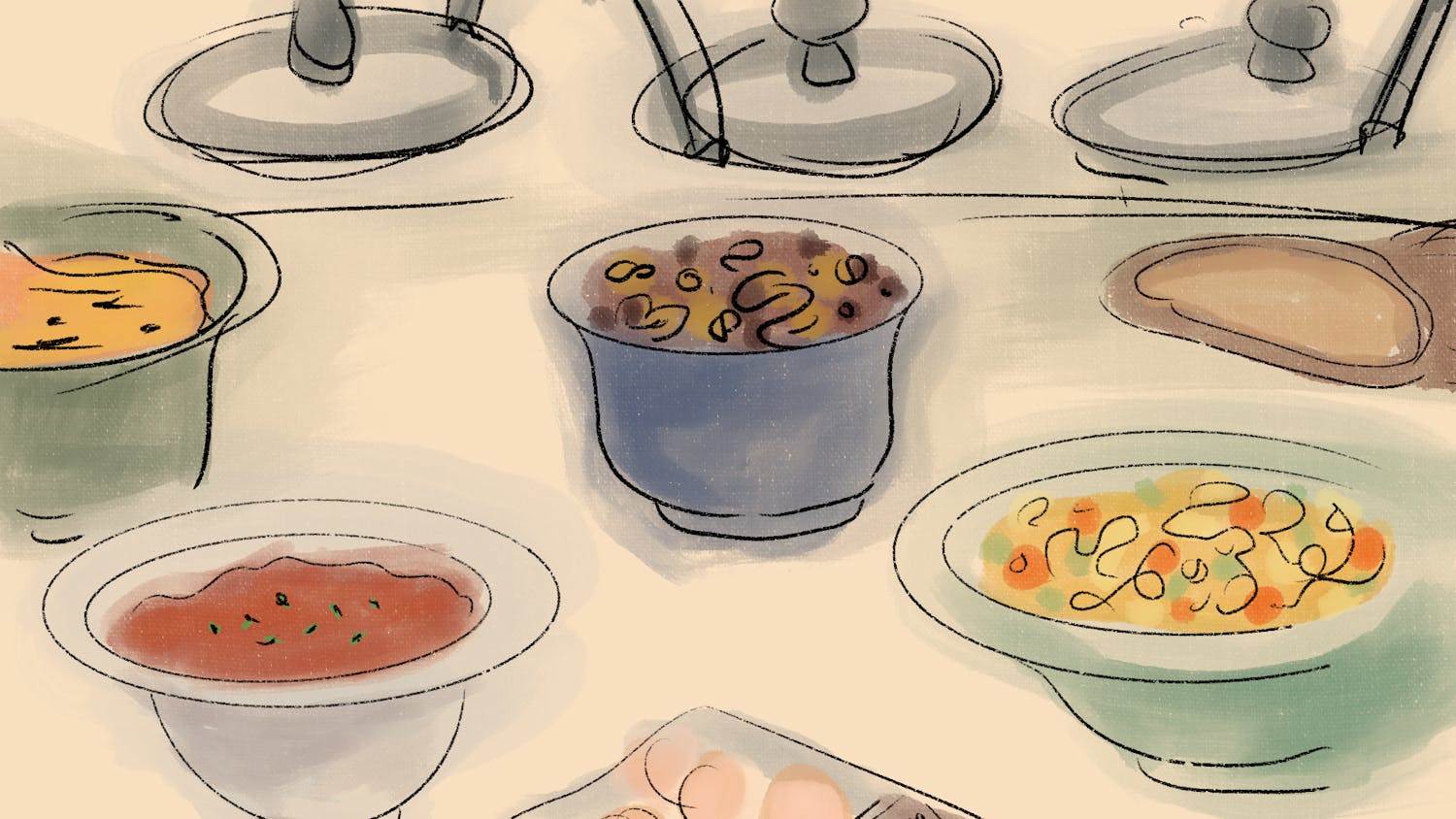Anything Can Happen During March Madness
The best month of the year has finally arrived, and the college basketball world is already feeling the madness. Rutgers University, seeded dead last at 14th in the Big Ten, managed to beat two games against the 11-seed University of Minnesota on Feb. 28 and 6-seed Indiana University the next day before losing to 3-seed Purdue University on March 2. Syracuse University picked up its first win over a ranked opponent when the Orange beat No. 18 Clemson University 55-52 on Saturday.
The men’s Ivy League Tournament is also set for this weekend, featuring Harvard University, the University of Pennsylvania, Yale University and Cornell University. I’m picking Penn to win it all this season; home field advantage goes a long way.
With some conference championships already underway, and the rest looming in the coming weeks, I found some shared characteristics among all recent NCAA tournament champions. Starting off, nearly every champion since 1989 has been a 4-seed or better in the postseason tournament. There is one outlier however: the 2014 University of Connecticut basketball team was a 7-seed and an unlikely candidate for the championship team. However this shows that anything can happen in March.
Using data from bracketmatrix.com, an aggregate website that consolidates bracket projections, the following teams are in play for the championship so far, along with their current ranking on KenPom in parenthesis (data as of March 4):
1-seed: the University of Kansas (12), Villanova University (2), the University of Virginia (1) and Xavier University (15)
2-seed: Duke University (3), Michigan State University (6), the University of North Carolina (7) and Purdue University (5)
3-seed: Auburn University (11), the University of Cincinnati (4), the University of Tennessee (13) and Wichita State University (17)
4-seed: Clemson University (18), Texas Tech University (10), the University of Michigan (9) and the University of West Virginia (14)
There are 16 teams in championship contention right off the bat. Also, since 2002, each champion has been ranked in the top-15 on KenPom on Selection Sunday. Conveniently, the additional 10 teams from KenPom’s current top-25 are all seeded five, six or seven, except for two. Butler University, ranked 24th, is a 9-seed, and Saint Mary’s University, ranked 25th, is a 10-seed. The respective five and six seeds include:
5-seed: the University of Arizona (26), Gonzaga University (8), the University of Kentucky (23) and the Ohio State University (16)
6-seed: the University of Florida (21), the University of Houston (19), the University of Miami (36) and Texas Christian University (22)
There are 26 teams in championship contention. Including being a 4-seed in the tournament or higher and having a top-25 KenPom ranking, each of the eventual tournament champions since 2002 have met most of the following criteria: ranked in the top 20 in adjusted offensive efficiency; ranked in the top 60 in adjusted defensive efficiency; shot better than 37 percent from three; had a frontcourt player average more than 12 points per game; had four players averaging at least 10 points per game; held opponents to less than 45 percent shooting from two; held opponents to a free throw rate of less than 31 percent; won its conference tournament; had a head coach who’s been to the Sweet 16 before; and ranked in the top 90 in offensive rebound percentage.
Let’s look at the Final Four in the past two years to see how the participants fared in these 12 categories. In 2017, Gonzaga met 11 of 12, the University of Oregon met 10, UNC met eight and the University of South Carolina met four. In 2016, UNC met 11, the University of Oklahoma and Villanova met nine and Syracuse met 5.
This year, the following teams meet at least eight of the 12 stat criteria: Cincinnati, Duke, Michigan State and Purdue meet 11 of 12; Gonzaga, Kansas and North Carolina meet 10, Auburn and Tennessee meet nine; and TCU, Arizona, Wichita State, Virginia and Villanova meet eight.
Twenty-six teams down to 14.
We can trim the list down even further if we look at the KenPom statistics. Arizona, TCU and Wichita State all have defenses that rank outside the top 60, and Cincinnati, Tennessee and Virginia all have offenses that rank outside the top 20. Using the KenPom criteria and the offensive rebounding criteria, the five teams that statistically line up with previous champions are: Auburn, Duke, Gonzaga, Michigan State and North Carolina.
There are a few notable omissions from this list. Xavier, for example, is currently projected to be a 1-seed in the tournament and has clinched the Big East title outright, even after losing badly to Villanova twice this season. However, Xavier only meets seven out of the 12 criteria. Even though the Musketeers are currently the second luckiest team in the nation according to KenPom, it doesn’t look good come tournament time.
Auburn starter Anfernee McLemore recently underwent surgery for torn ligaments in his ankle, and since his departure, Auburn has lost two of its last four games. I’ll be monitoring Auburn during the Southeastern Conference Tournament, but if the Tigers lose early, I have my Final Four set.



